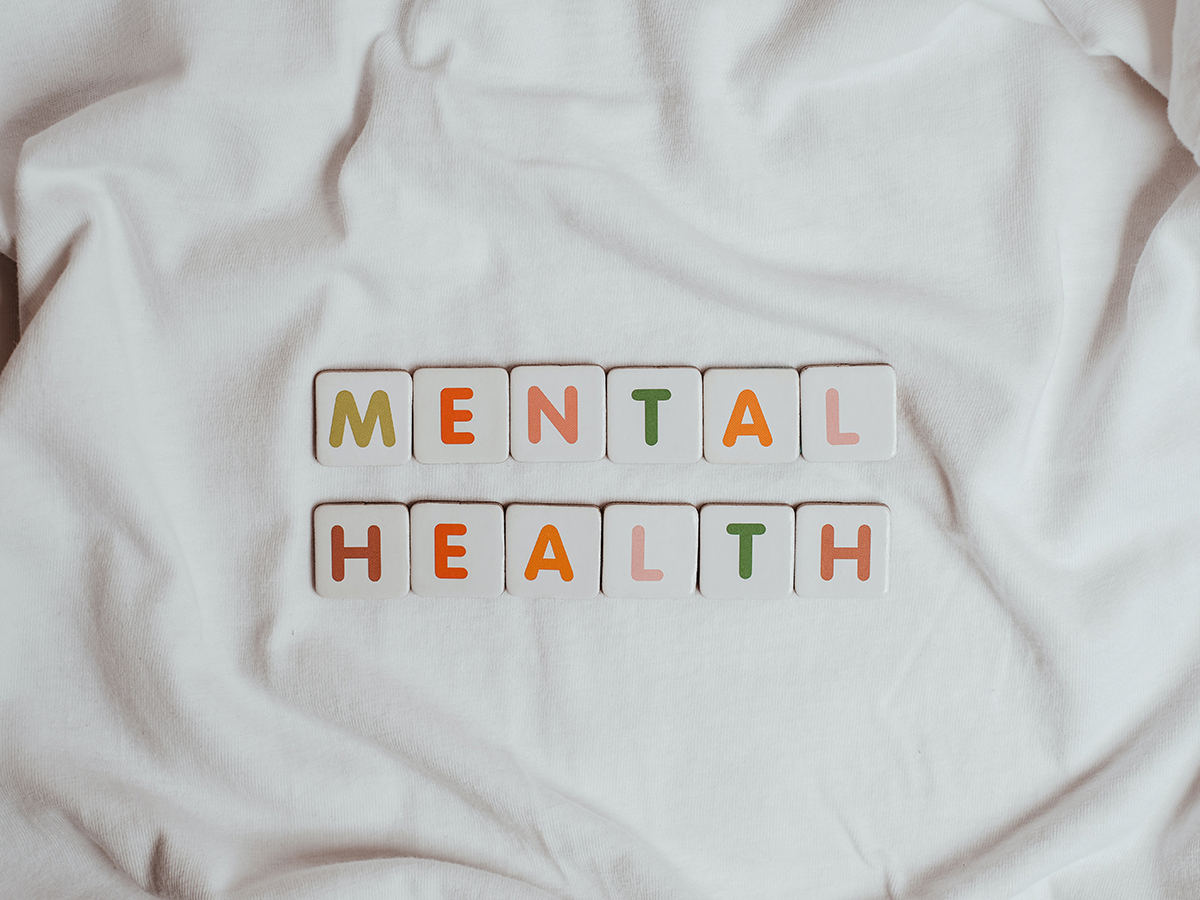
Most experts agree that the mental health crisis among the U.S.’s children predates the pandemic. The increased use of social media, greater awareness of climate change as well as the general stress that comes with growing up all were affecting children already. The pandemic was essentially the straw that broke the camel’s already broken back. Now more than ever, we’re seeing that our institutions are failing our children in one of the most fundamental ways — they are devaluing the struggles of the youth. Combined with the unpredictability of the last two years, lockdowns and “normal life” being turned upside down, the recipe for disaster has presented itself. Gov. Gavin Newsom has drafted a bill promising $4.4 billion to support youth’s mental health, but given the history of past bills that promised the same thing, its outlook is not going to be good. The unfortunate truth is that just throwing money at this issue won’t make it disappear. To really make a fundamental change to assist children’s mental health, the state must become actively engaged in solving the societal issues that lead to poor mental health in the first place.
Young people, like everyone else, need shelter, food, water and support in the form of family and friends in order to survive and thrive. Stability of all of these resources is the most important element. However, every year, California finds itself with an increasing population that is homeless — in fact, over half a million children alone are homeless in this state alone. The increased food insecurity created by homelessness, poverty or simply unstable wages due to the pandemic has also added to this issue. Being shut at home without being able to interact with anyone but family also led to issues, especially as domestic abuse rates skyrocketed. Combined with the steadily increasing mental health crisis that children were facing before COVID, it’s clear that these structures all crumbled all the more, leaving already struggling children more stranded than ever.
Although the money is an incredible testament to the issue at hand, most mental health bills have not seemed to go anywhere even if they pass. The funding should be going towards getting professional psychologists in schools, workshops for families to navigate mental health struggles together or even creating safe houses for children in distress. Yet the money essentially sits there unused.
What needs to happen is that the government needs to take time to get off their bureaucratic high horses and get people out into the community who will work to craft solutions to these problems rather than trying to put a Band-Aid on a bullet wound. This money has been passed, or is soon to be passed, and it needs to be put to good use. Whether that’s in the form of a genuinely structured plan that will help California children have the resources to cope, or if it’s in the form of a task committee of volunteers or paid workers who set up spaces in schools and other spaces children frequent.
This issue of children’s mental health is not one that can be brushed under the rug any longer. Children’s struggles, no matter how big and how small, should be recognized and validated. In our relatively post-COVID world, California needs to literally put its money where its mouth is, or risk a generation of traumatized children going forward into uncertain futures.







